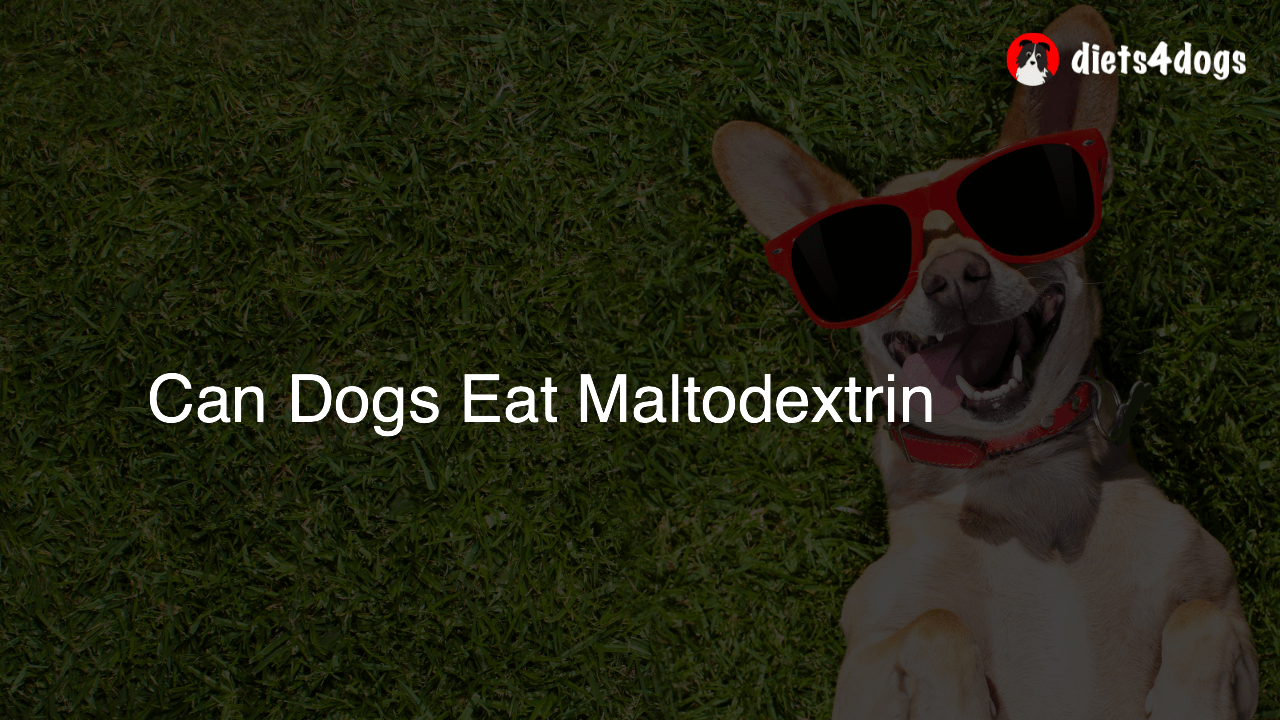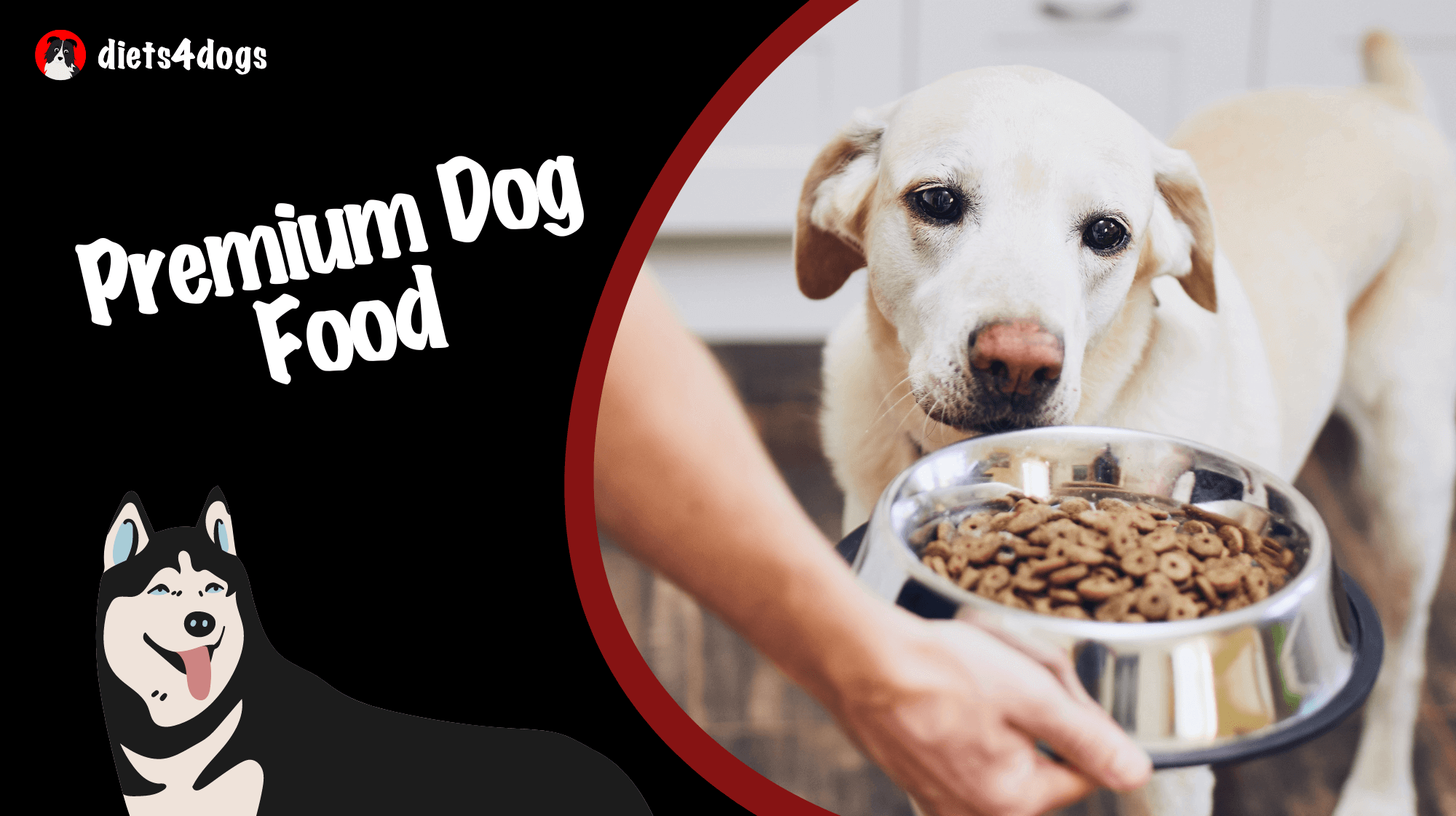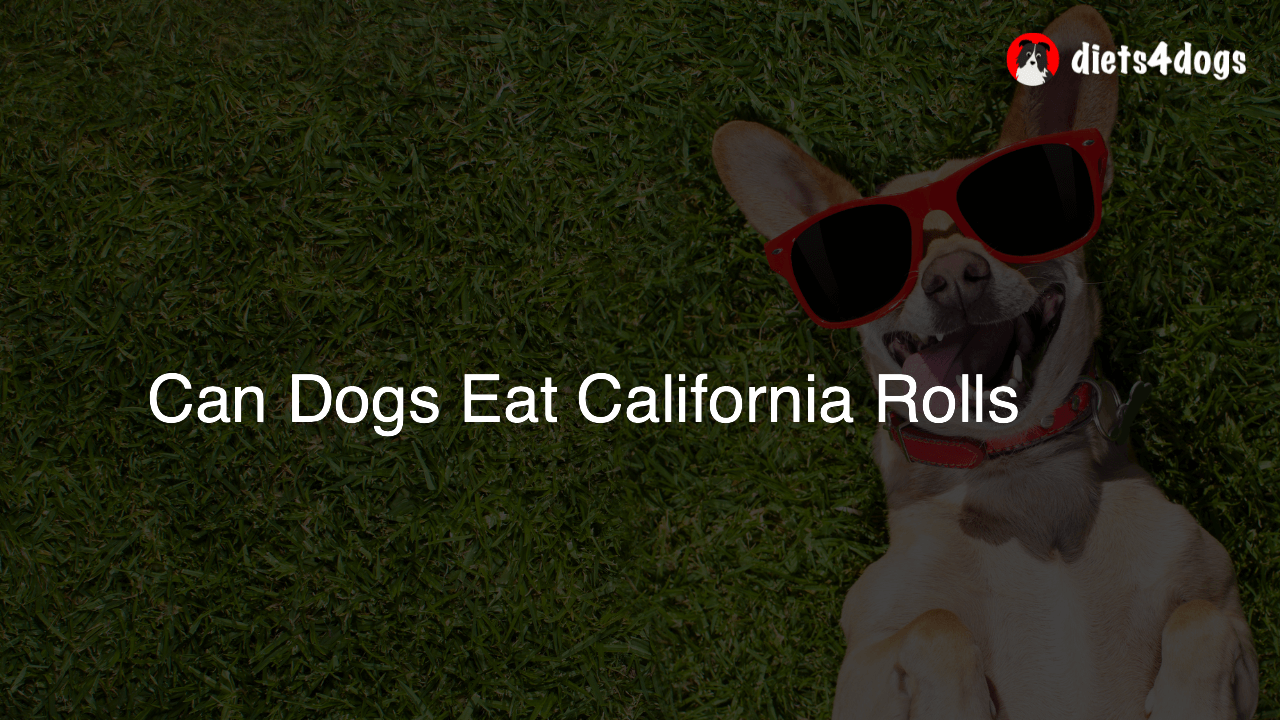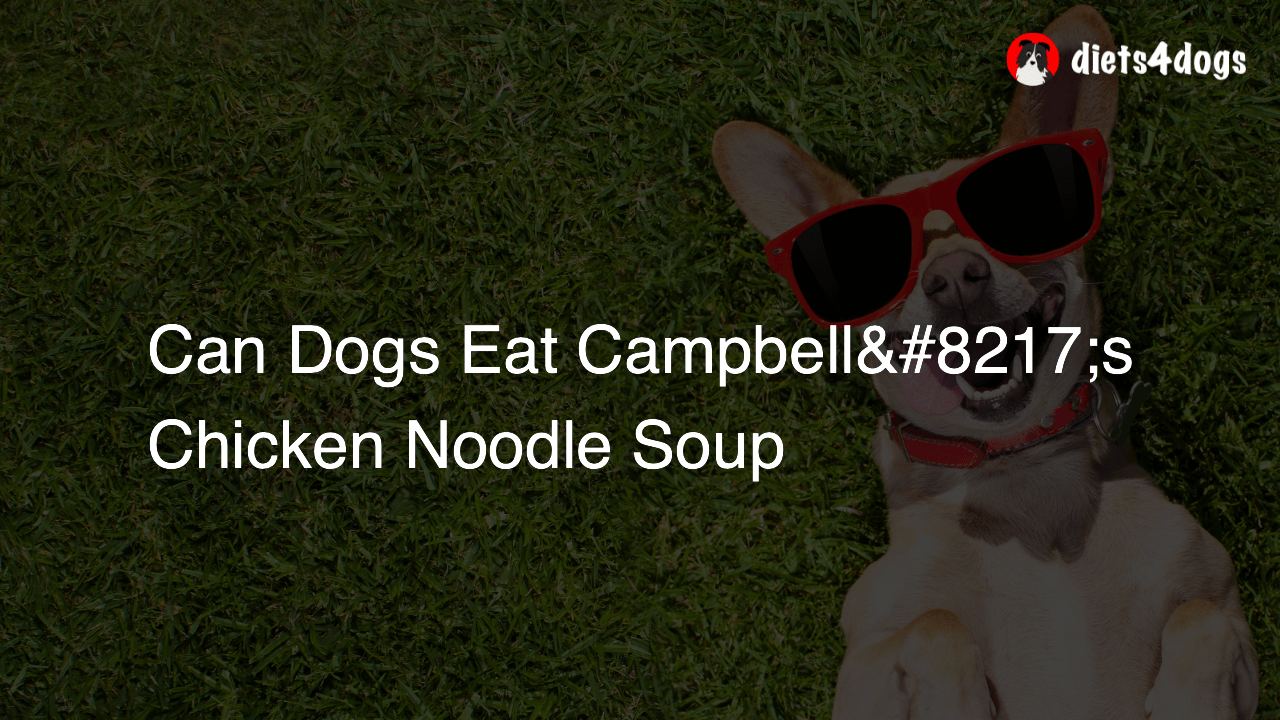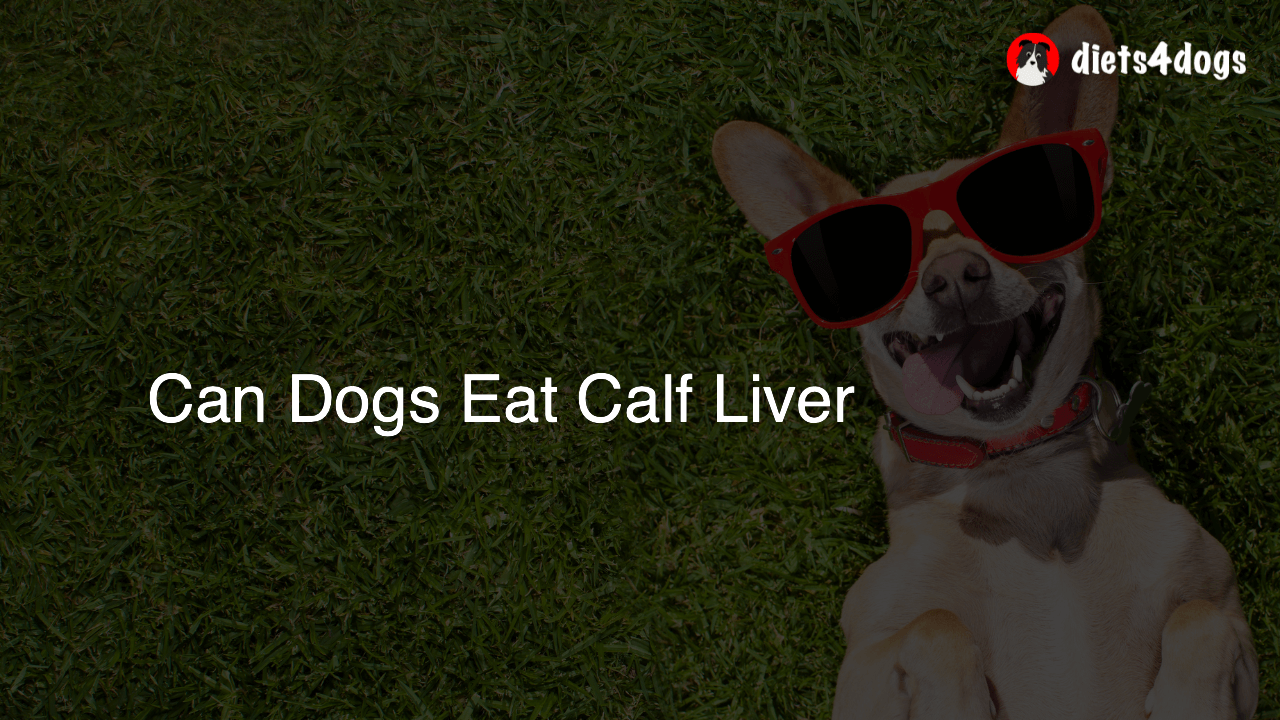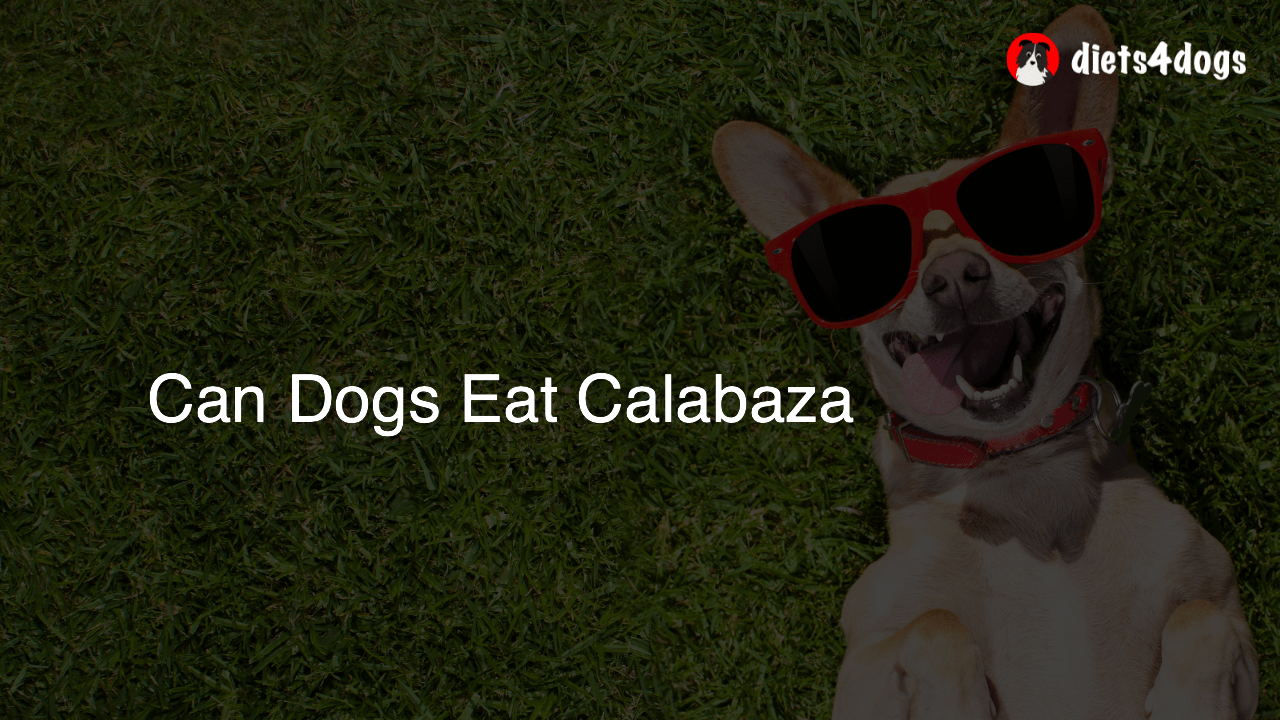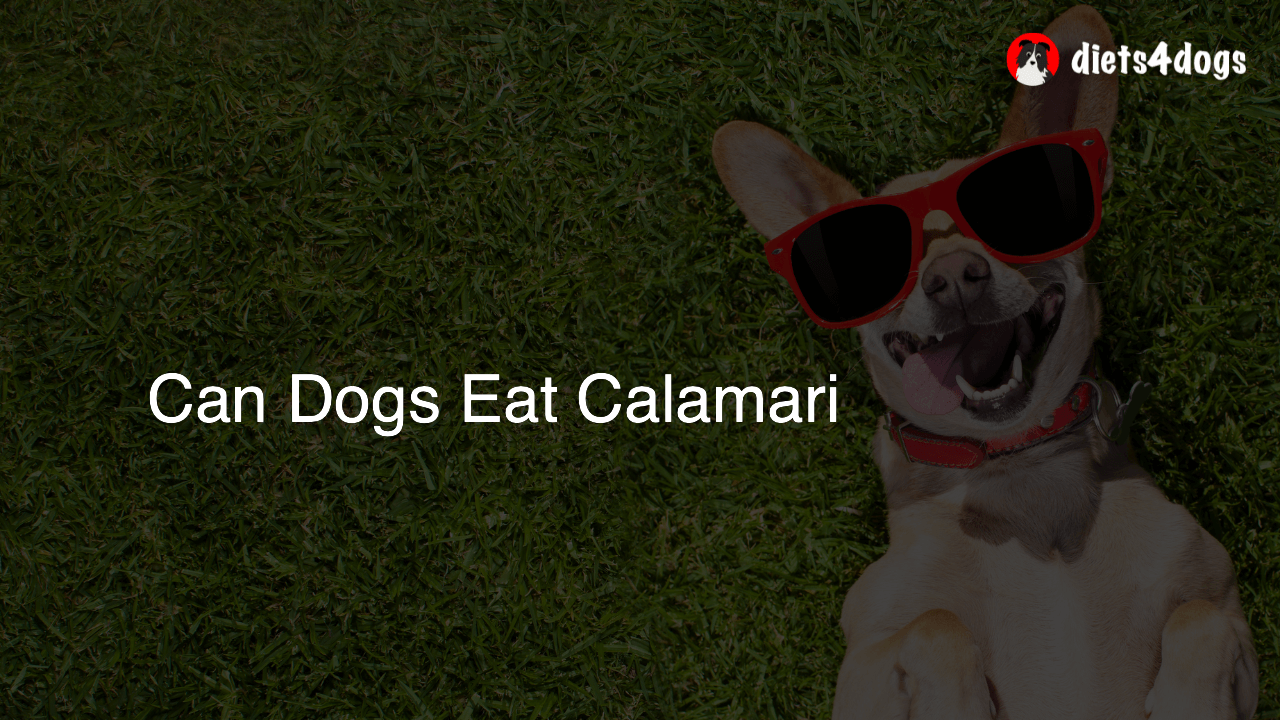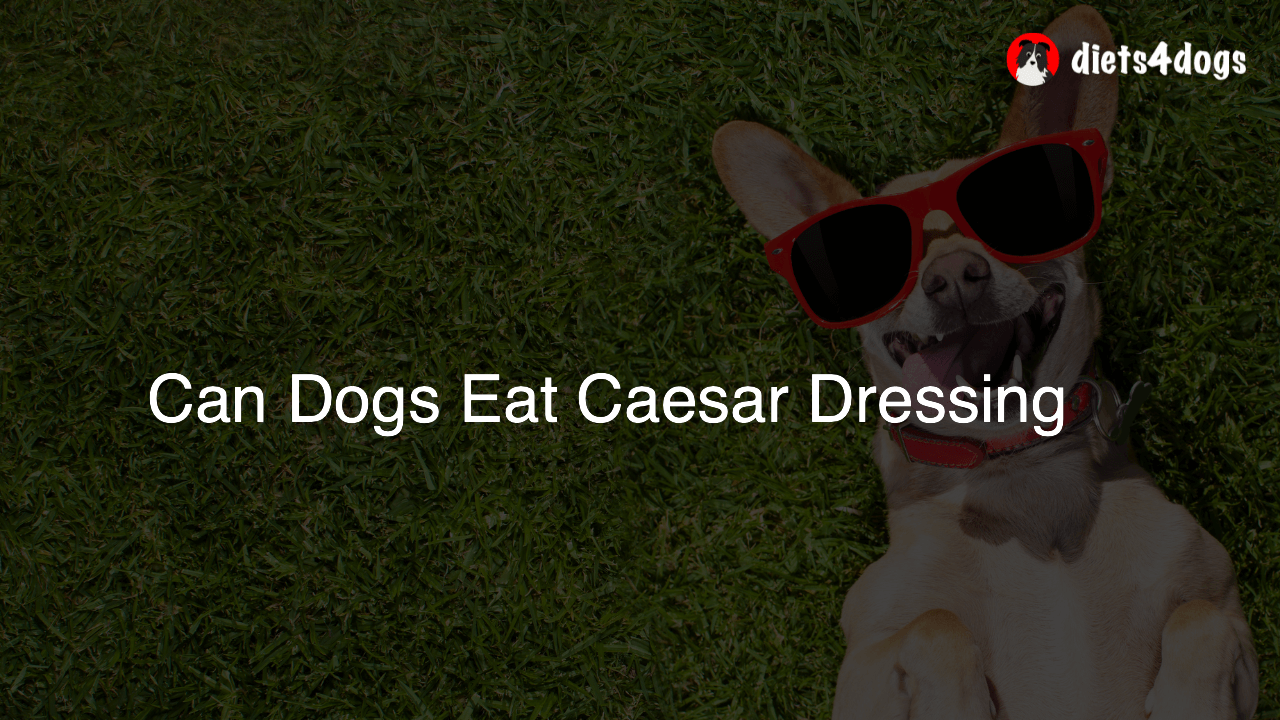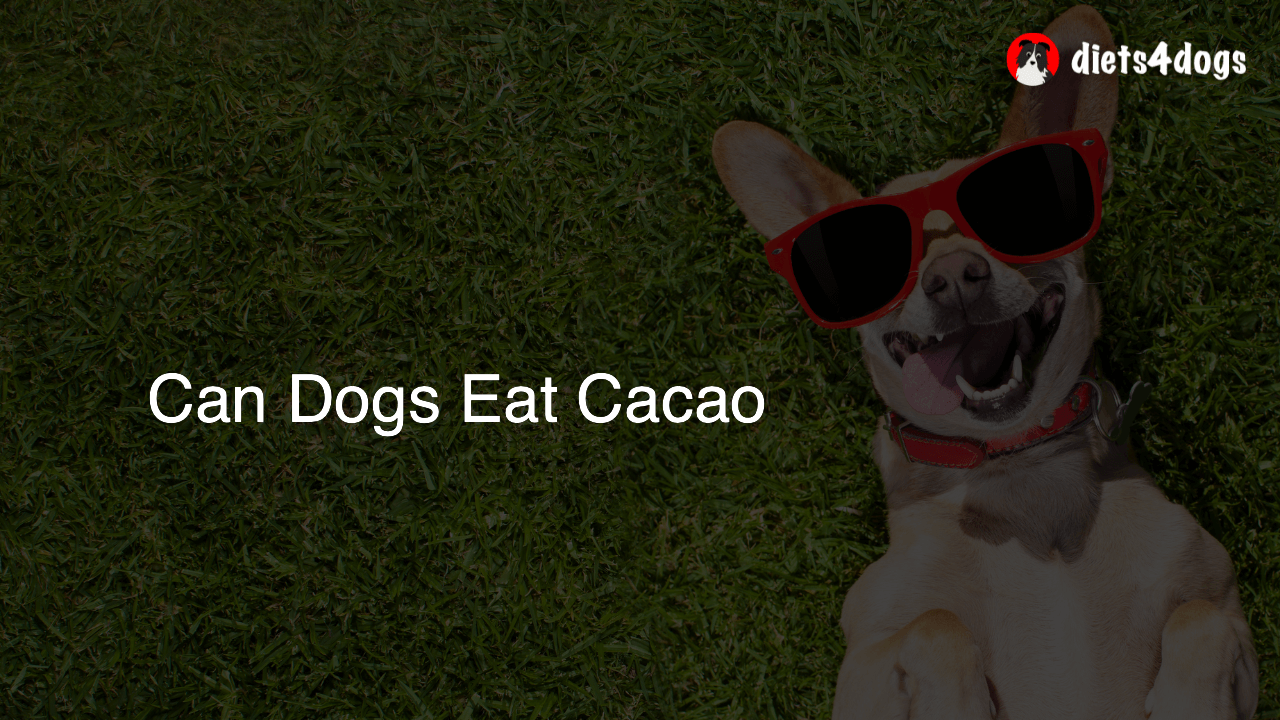Can Dogs Eat Maltodextrin
Yes, dogs can eat maltodextrin in small amounts. Maltodextrin is a carbohydrate derived from corn or other grains and is often used as a thickener, filler, or sweetener in processed foods. While it is not toxic to dogs, it’s best to limit their intake as too much maltodextrin can contribute to obesity and other health issues. Always consult your veterinarian before adding new ingredients to your dog’s diet.
Understanding Maltodextrin
Maltodextrin is a carbohydrate commonly found in processed foods, as it serves as a thickener and filler. It is derived from corn, rice, or potato starch and can also be used as a mild sweetener. While most often associated with human food products, maltodextrin can also be found in some commercial dog food and treats.
Why Maltodextrin is Used in Dog Food
The use of maltodextrin in dog food is primarily for its thickening and binding properties. This versatile ingredient helps to improve the texture and consistency of the food, making it more palatable for our furry friends. Additionally, maltodextrin can serve as an energy source due to its carbohydrate content. However, its glycemic index is quite high, which can lead to an increase in blood sugar levels when consumed in large quantities.
Health Concerns: How Much is Too Much?
Obesity
Maltodextrin, like other carbohydrates, can contribute to obesity if consumed excessively. Obesity in dogs can lead to numerous health issues, including diabetes, heart disease, and joint problems. Therefore, it is essential to keep a close eye on your dog’s weight and overall health, especially when providing them with treats or dog food containing maltodextrin.
Diabetes
As previously mentioned, maltodextrin has a high glycemic index, which means it can cause a rapid rise in blood sugar levels. This may be a concern for dogs suffering from diabetes or dogs that are at risk of developing the condition. Regular blood sugar monitoring and consulting your veterinarian is crucial when feeding your diabetic dog food containing maltodextrin.
Is Maltodextrin Toxic to Dogs?
Despite some health concerns, maltodextrin is not toxic to dogs. In small amounts, this carbohydrate does not pose any serious threats to your dog’s health. The key here is moderation. As with any ingredient or additive, avoid overfeeding your dog with foods containing maltodextrin.
Alternatives to Maltodextrin
If you want to keep your dog’s diet as natural and wholesome as possible, you might want to consider alternatives to commercial dog food containing maltodextrin. Here are some tips for replacing maltodextrin in your dog’s diet:
Homemade Dog Food
Creating your own dog food from wholesome, natural ingredients is an excellent way to control what goes into your pet’s meals. This approach helps you choose the ingredients that best suit your dog’s dietary needs and avoid any unnecessary additives.
Grain-Free Dog Food
Grain-free dog food is an excellent choice for pet owners looking to minimize carbohydrate intake for their dogs. These types of dog food use alternative carbohydrate sources, such as sweet potatoes or peas, and generally do not contain maltodextrin.
Healthy Dog Treats
Consider providing your pet with natural, healthy treats instead of processed ones that may contain maltodextrin. Options include fruits and vegetables, such as blueberries, apples, and carrots, or lean meats like chicken breast or turkey.
Consult Your Veterinarian
When in doubt, consult your veterinarian regarding your dog’s diet and whether maltodextrin is a suitable ingredient for them. Your veterinarian will have the best understanding of your dog’s unique health needs and can provide tailored advice to help you make the best decisions for your furry friend.
Maltodextrin Allergies in Dogs
While rare, it is possible for dogs to have an allergic reaction to maltodextrin. If your dog has a history of food allergies or sensitivities, it is crucial to pay close attention to their reaction when introducing new foods or treats containing maltodextrin. Signs of an allergic reaction may include skin irritation, itching, vomiting, diarrhea, and difficulty breathing. If you suspect your dog may be allergic to maltodextrin, consult your veterinarian immediately for guidance on how to manage their diet and reduce the risk of an allergic reaction.
Reading Ingredients Labels on Dog Food
As a responsible pet owner, it is essential to know what you are feeding your dog. To ensure your dog’s food is free of maltodextrin or other potentially harmful additives, always read the ingredients labels on the pet food you purchase. This habit will help you make informed choices about the nutritional content of your dog’s diet and make it easier to avoid ingredients that may pose health risks in the long term. Remember that the ingredients are listed in descending order by weight, so the higher up on the list an ingredient is, the more significant its presence in the dog food.
Balanced Diet: The Key to a Healthy Dog
Ultimately, the key to a healthy and happy dog is providing them with a well-balanced diet that meets their specific nutritional needs. Fresh water, protein sources, healthy fats, and essential vitamins and minerals must be included in their diet to ensure their overall wellbeing. While maltodextrin can be a part of their diet in moderation, it is crucial not to let it replace the more critical components that contribute to their health. Always consult your veterinarian for any guidance on the best diet tailored to your dog’s age, breed, activity level, and health needs.
FAQs: Maltodextrin and Your Dog’s Diet
Below is a list of frequently asked questions about maltodextrin and its effects on a dog’s diet. These questions and their answers will help clarify common concerns and offer additional information for pet owners seeking to provide the best diet for their dogs.
1. Can dogs eat maltodextrin?
Yes, dogs can eat maltodextrin in small amounts. It is a carbohydrate derived from corn or other grains and is often used as a thickener, filler, or sweetener in processed foods. While it is not toxic to dogs, it’s best to limit their intake as too much maltodextrin can contribute to obesity and other health issues.
2. Is maltodextrin toxic to dogs?
No, maltodextrin is not toxic to dogs. It can be safely included in their diet in moderate amounts. However, it’s essential to monitor your dog’s overall carbohydrate intake and health, as excessive consumption of maltodextrin can lead to obesity and other health problems.
3. Can maltodextrin cause allergies in dogs?
Although rare, it is possible for dogs to have an allergic reaction to maltodextrin. Signs of an allergic reaction may include skin irritation, itching, vomiting, diarrhea, and difficulty breathing. Consult your veterinarian if you suspect your dog may be allergic to maltodextrin or if they exhibit any of these symptoms.
4. Should I avoid giving my dog treats with maltodextrin?
As long as your dog does not have a sensitivity or allergy to maltodextrin, it’s fine to give them treats containing this ingredient in moderation. However, you could opt for natural, healthy treats such as fruits, vegetables, and lean meats, which have additional nutritional benefits.
5. Can maltodextrin cause diabetes in dogs?
Maltodextrin has a high glycemic index, which can lead to a rapid increase in blood sugar levels. Ingesting large amounts of maltodextrin could potentially contribute to the development of diabetes in dogs that are predisposed to the condition. It is essential to monitor your dog’s diet and consult your veterinarian for guidance on necessary dietary adjustments.
6. Is maltodextrin found in all dog food?
No, maltodextrin is not found in all dog foods. It’s mainly used as a thickening agent and filler in some processed dog food and treats. You can avoid dog food with maltodextrin by reading the ingredients list on the packaging and opting for grain-free or natural, home-cooked dog foods instead.
7. Can maltodextrin cause obesity in dogs?
Excessive consumption of maltodextrin, like other carbohydrates, can contribute to obesity in dogs. To prevent obesity-related health issues, it’s crucial to monitor your dog’s intake of maltodextrin-containing foods and control their overall carbohydrate consumption.
8. Can maltodextrin lead to digestive problems in dogs?
As maltodextrin is a rapidly absorbed carbohydrate, excessive consumption can sometimes lead to digestive issues such as diarrhea or gas. However, this varies from one dog to another. If your dog reacts poorly to foods containing maltodextrin, consider reducing their intake or discussing alternative options with your veterinarian.
9. How can I replace maltodextrin in my dog’s diet?
You can replace maltodextrin in your dog’s diet by choosing grain-free dog food, preparing home-cooked dog meals using natural ingredients, or providing them with healthy, natural treats like fruits, vegetables, and lean meats.
10. How do I know if my dog’s food contains maltodextrin?
Always read the ingredients list on your dog’s food packaging to check for the presence of maltodextrin or any other additives. Ingredients are typically listed in descending order by weight, so the higher up on the list an ingredient is, the more significant its presence in the dog food.

